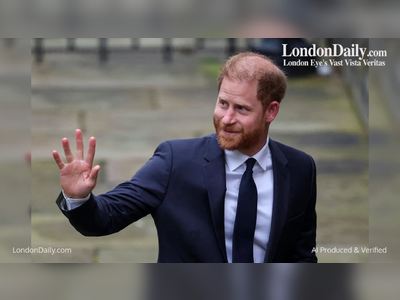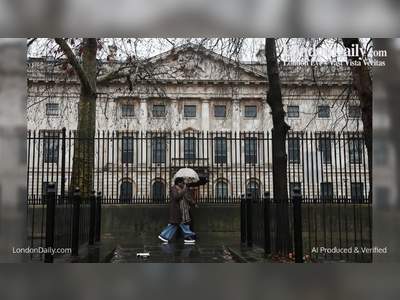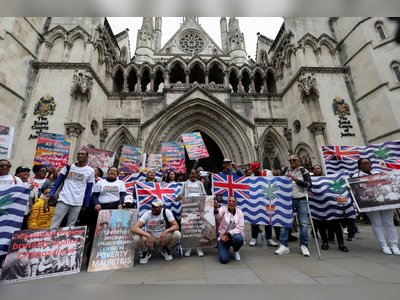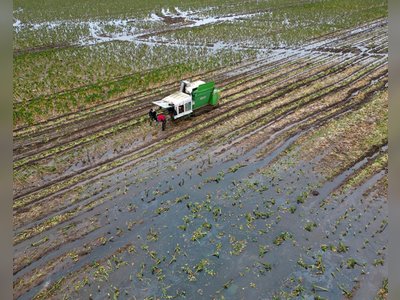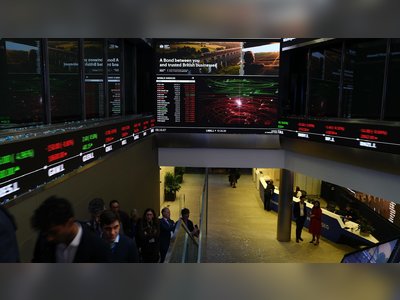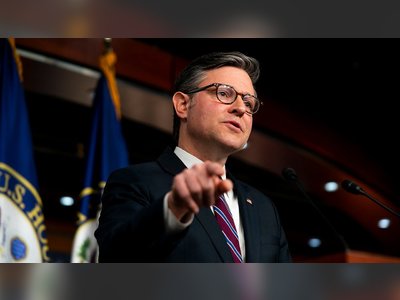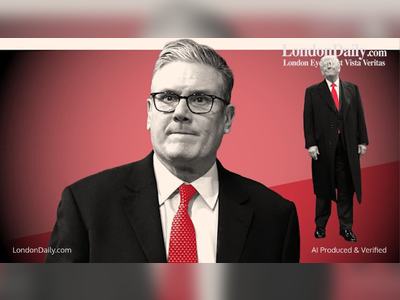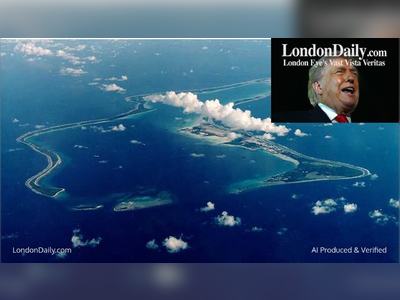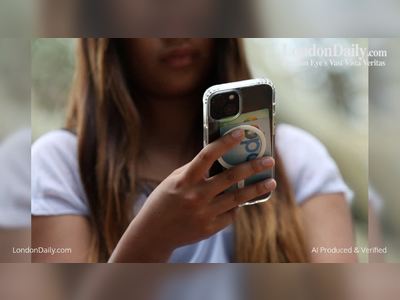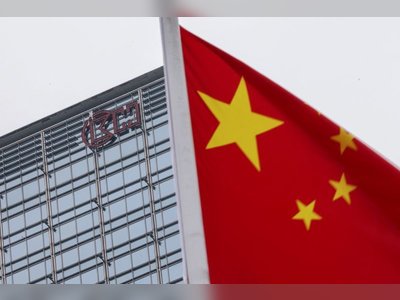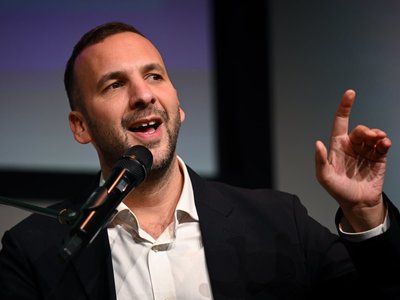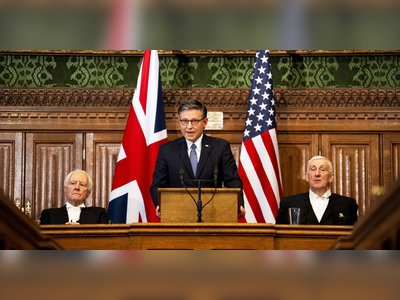
Richard Branson Planning Trip To Space Ahead Of Rival Jeff Bezos
Call it a space race for billionaires: British mogul Richard Branson one-upped rival Jeff Bezos on Thursday, announcing that he too will blast beyond Earth's atmosphere -- as many as nine days ahead of the Amazon founder.
With both tycoons having created space tourism companies and positioned themselves as leaders in the suborbital-flights-for-the-wealthy sector, the move signaled clear if not fierce competition.
The announcement follows Bezo's proclamation in early June that he and his brother would be part of the crew on the first manned flight aboard his company Blue Origin's New Shepard launch vehicle.
The move stole the thunder from Branson, who had long vowed to participate in a Virgin Galactic test flight before the launch of regular commercial operations slated for 2022.
The tables were turned on Thursday however: while Bezos may have thought he could dominate the day's space news with a morning announcement that barrier-breaking 82-year-old female aviator Wally Funk would join him on his New Shepard flight, it was Branson who had the last laugh.
Virgin Galactic announced Branson would be a "mission specialist" aboard the SpaceShipTwo Unity, which will go to space as early as July 11, "pending weather and technical checks."
"I truly believe that space belongs to all of us," Branson said, adding that "Virgin Galactic stands at the vanguard of a new commercial space industry, which is set to open space to humankind and change the world for good."
If the schedule holds, Branson will make it to the cosmos before Bezos, who said he would travel to space on July 20.
Better than 'the guys'
Branson "will evaluate the private astronaut experience and will undergo the same training, preparation and flight as Virgin Galactic's future astronauts," the company said.
While Branson's trip has been several years in the making, Funk's is 60 years overdue: she was one of the Mercury 13 -- the first women trained to fly to space from 1960-1961, but excluded because of their gender.
When she blasts off with the Bezos brothers, Funk will become the oldest person ever to go to space, taking part in the journey not only with the siblings but also one other traveler who paid $28 million at auction for the seat.
"I can hardly wait," Funk said in a video posted on Bezos's Instagram account, where she is seen hugging the Amazon founder in an explosion of joy.
The oldest person to have travelled in space so far is US astronaut John Glenn, who flew in 1998 at the age of 77 on the space shuttle Discovery.
A seasoned pilot, Funk has accumulated 19,600 flight hours, and was also the National Transportation Safety Board's first female air safety inspector.
Funk recalled her time in the Mercury 13 program, stating that "they told me that I had done better and completed the work faster than any of the guys."
"So I got ahold of NASA, four times. I said I want to become an astronaut, but nobody would take me. I didn't think that I would ever get to go up."
Writing on Instagram Bezos said "It's time. Welcome to the crew, Wally."
Ironically, Funk had also purchased a ticket years ago to fly into space with Virgin Galactic.
Apples and oranges
The spacecraft developed by Virgin Galactic and Blue Origin are very different, even if the passengers will ultimately have more or less the same experience: a few minutes of weightlessness.
In the case of Virgin Galactic, the spacecraft is not a classic rocket, but rather a carrier airplane that reaches a high altitude and releases a smaller spacecraft, the VSS Unity, that fires its engines and reaches suborbital space, then glides back to earth.
Blue Origin, meanwhile, is more of a classic rocket experience, with a vertical launch after which a capsule will separate from its booster, then spend four minutes at an altitude exceeding 60 miles (100 kilometers), during which time those on board experience weightlessness and can observe the curvature of Earth.
The booster lands autonomously on a pad two miles from the launch site, and the capsule floats back to the surface with three large parachutes that slow it down to about a mile per hour when it lands.
